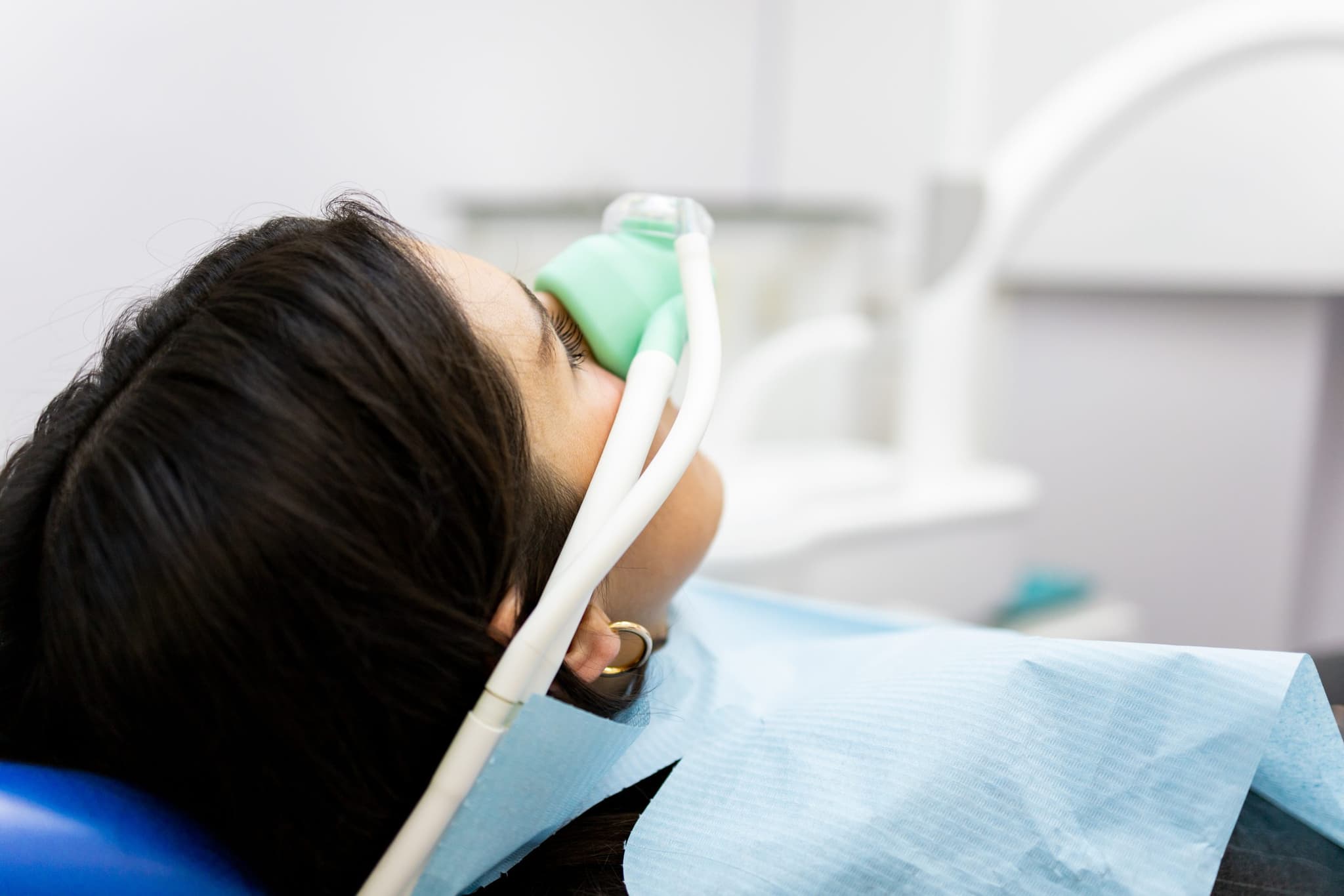
2025-12-17T17:11:43
Why OBGYN Clinics Are Using Nitrous Oxide for Pain Relief
- OB/GYN
May 26, 2017 | OB/GYN • Women and Children's Center

A colposcopy is a procedure in which a doctor is able to examine the cervix, vagina and vulva for signs of disease, and it uses an item called a colposcope with a special magnifying lens.
When might this test be right for you, and what types of conditions can it help identify? Here’s a look at some basic details about colposcopy and what expectations you should carry into your appointment.
The most common use of the colposcopy test is for women who have received an abnormal result on a Pap test. This is often caused by a viral infection, or natural changes to the cervix linked to menopause.
Potential reasons for a colposcopy include:
Colposcopies can help diagnose several important diseases or conditions:
A few elements that go into colposcopy preparation include:
A colposcopy usually takes between 10 and 20 minutes. You’ll lie on your back with your feet in supports, and your doctor will use a tool called a speculum to hold open the walls of the vagina. The doctor then positions the colposcope a few inches from the vulva and uses a bright light with the colposcope’s magnifying instrument to look through the lens.
After the test, your cervix and vagina will be swabbed with cotton and cleaned. The doctor may apply a vinegar or other solution to the vagina, which may tingle but can help highlight any suspicious areas.
If the test reveals any suspicions, your doctor may collect a small sample from these areas for testing, called a biopsy. A biopsy can be one either for the cervix or the vagina. A biopsy may cause minor pain during the procedure, and can lead to pain and light bleeding or dark discharge in the days just after it’s done. Your doctor will discuss all the results of both these potential tests with you, and let you know of treatment plans if any conditions are detected.
If you’ve had an abnormal Pap test, or think you need a colposcopy for any reason, speak to your family doctor.
I practice the full range of family medicine including obstetrics, pediatrics, adolescent medicine and adult medicine. I also practice some orthopedics, remove lumps and bumps, and perform colposcopy, cryotherapy and vasectomies. Due to the volume of deliveries we do, my practice has evolved to be more centered on women and children’s medicine, but I enjoy all aspects of family medicine.
“Colposcopy.” The Mayo Clinic. http://www.mayoclinic.org/tests-procedures/colposcopy/basics/definition/prc-20014027
“Colposcopy and Cervical Biopsy.” WebMD. http://www.webmd.com/cancer/cervical-cancer/colposcopy-and-cervical-biopsy#1
WRITTEN BY:
The Live Better Team

2025-12-17T17:11:43

2025-11-21T14:10:25

2024-09-19T11:59:35

2019-12-31T15:15:01
This information is not intended to replace the advice of a medical professional. You should always consult your doctor before making decisions about your health.